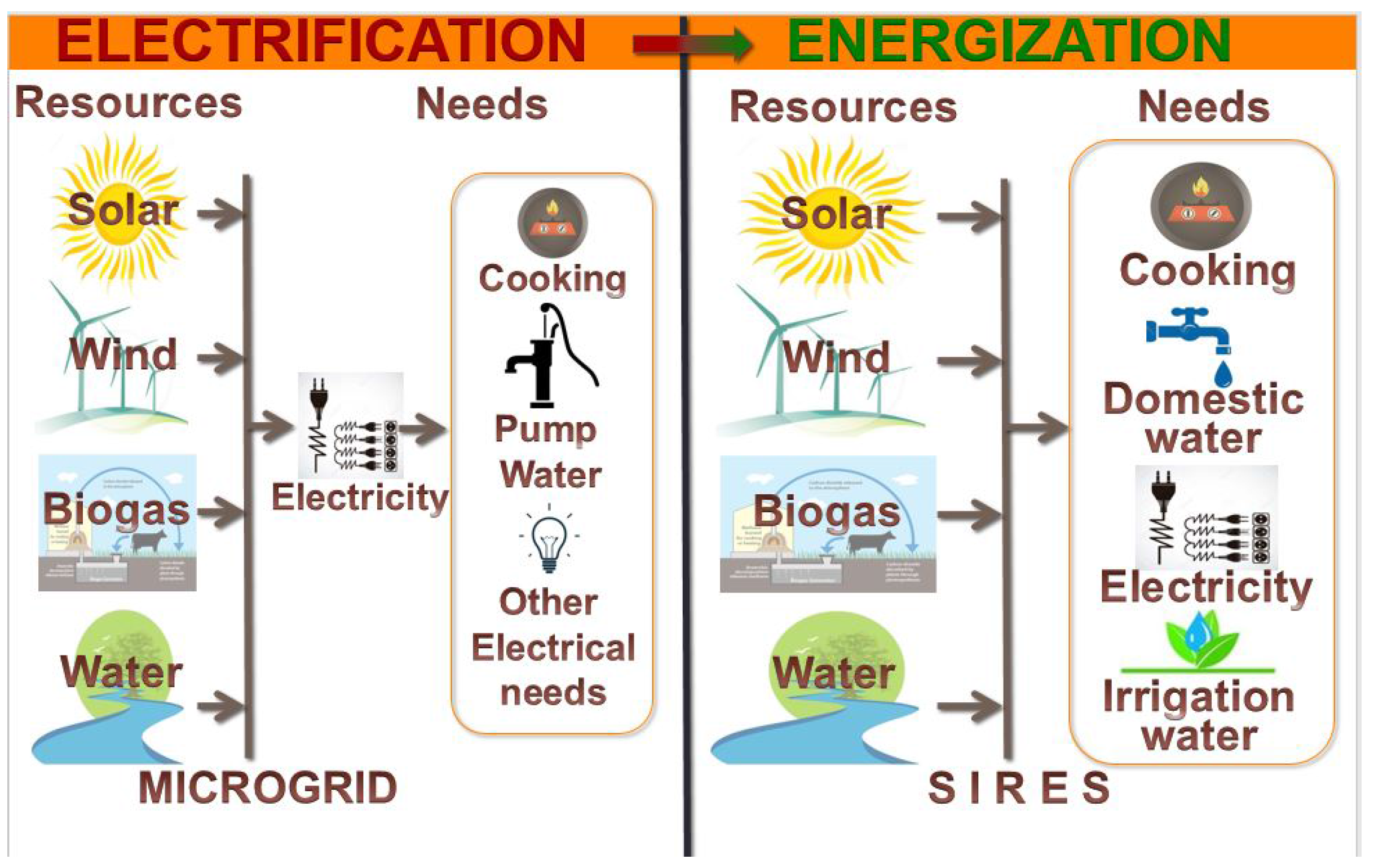
Harvesting Sustainability: Maximizing Renewable Resources
Renewable resource utilization is at the forefront of the global shift towards sustainable practices. This article explores the importance of harnessing renewable resources, the diverse avenues available, and the transformative impact it can have on building a more sustainable future.
The Imperative of Renewable Resources
As the world grapples with environmental challenges, the imperative to shift towards renewable resources has become more pronounced. Unlike finite and polluting fossil fuels, renewable resources are naturally replenishing and cause minimal environmental harm. The transition to harnessing energy and materials from renewable sources is crucial for mitigating climate change and ensuring long-term environmental sustainability.
Diversity in Renewable Resources
Renewable resources encompass a diverse array of elements, ranging from energy sources to raw materials. Solar and wind energy, derived from the sun and wind, respectively, lead the charge in the renewable energy sector. Additionally, sustainable materials such as bamboo, recycled paper, and plant-based fibers contribute to the broader spectrum of renewable resource utilization. Understanding this diversity is key to a comprehensive approach.
Solar Energy: A Radiant Contributor
Solar energy stands out as a radiant contributor to renewable resource utilization. Photovoltaic cells convert sunlight into electricity, providing a clean and abundant energy source. The versatility of solar technology enables applications in residential solar panels, solar farms, and even portable solar devices, making it accessible for various scales of energy needs.
Wind Energy: Capturing the Breeze
Harnessing the power of the wind is another pivotal aspect of renewable resource utilization. Wind turbines convert the kinetic energy of the wind into electricity. Strategic placement of wind farms in areas with consistent wind patterns maximizes the efficiency of wind energy generation, offering a scalable and sustainable power solution.
Biomass: Tapping into Organic Potential
Biomass utilization involves deriving energy from organic materials, such as crop residues and wood. This renewable resource plays a vital role in reducing dependence on traditional fuels and mitigating waste management challenges. Biomass energy contributes to a circular economy by repurposing organic matter into valuable energy resources.
Hydroelectric Power: Flowing towards Sustainability
The utilization of flowing water for power generation characterizes hydroelectric power. Dams and turbines convert the kinetic energy of water into electricity. Hydroelectric plants, often considered a mature technology, continue to be a reliable and renewable source of energy, particularly in regions with abundant water resources.
The Transformative Impact on Sustainability
The incorporation of renewable resources into our daily lives has transformative implications for sustainability. Beyond reducing carbon footprints, the utilization of renewable resources fosters innovation, stimulates economic growth in the green sector, and encourages responsible consumption patterns. This transformative impact extends beyond energy and materials to influence the ethos of sustainable living.
Technological Advancements Driving Renewable Innovation
Continuous technological advancements play a crucial role in driving innovation in renewable resource utilization. Improvements in energy storage, efficiency of solar panels, and the development of smart grids enhance the feasibility and reliability of renewable energy sources. These advancements are instrumental in overcoming challenges and expanding the scope of renewable resources.
Challenges and Opportunities in Renewable Resource Utilization
While the benefits of renewable resource utilization are evident, challenges such as intermittent energy production and initial investment costs persist. However, these challenges also present opportunities for research, development, and collaboration. Governments, industries, and individuals can work together to address these hurdles and unlock the full potential of renewable resource utilization.
Renewable Resource Utilization: A Path to a Sustainable Future
In conclusion, the path to a sustainable future lies in the effective utilization of renewable resources. Governments, businesses, and individuals must prioritize and invest in renewable resource solutions to ensure a balanced and resilient world. To delve deeper into the realm of renewable resource utilization, explore the comprehensive guide at dataharza.my.id. Understanding and embracing renewable resources is paramount for building a harmonious and sustainable future.


